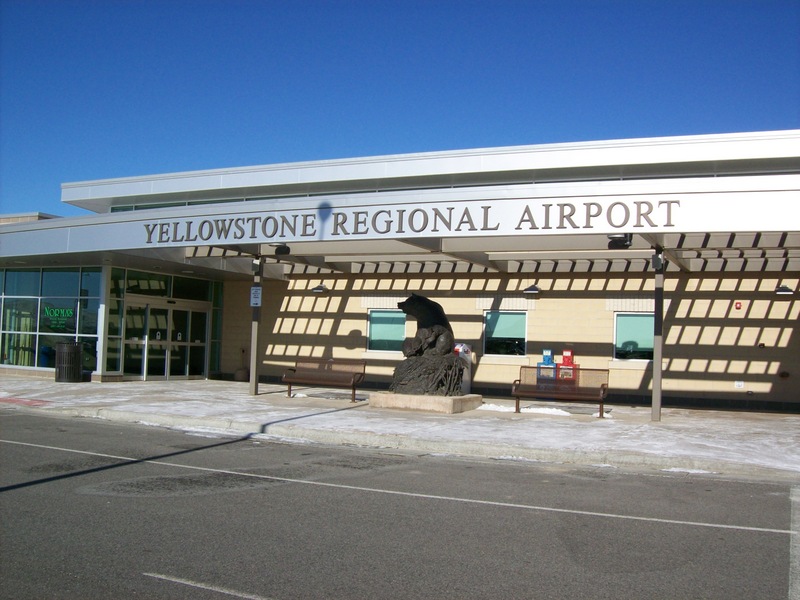Yellowstone Regional Airport Navigates Summer Flight Challenges
Despite widespread flight delays affecting airports across the western United States this summer, Yellowstone Regional Airport (YRA) in Cody is taking proactive steps to support passengers and turn adversity into opportunity. Flight delays have become a frustrating norm this season, with May and June seeing late arrivals, especially for afternoon and evening flights. Local business owners, like Cory Field of Hertz car rentals, voiced concerns about the impact on operations and staffing during YRA’s June 16th board meeting.
YRA’s Proactive Response to Systemic Challenges
However, as national and regional bottlenecks—especially at Denver International Airport (DIA)—continue to cause delays, YRA is doing what small airports do best: adapting quickly and advocating fiercely for their community. “We can’t control the weather or Denver construction, but we can fight for better service to Cody,” said Aaron Buck, director of Yellowstone Regional Airport. Buck has been in regular contact with SkyWest Airlines to request larger aircraft, such as the CRJ700 and E175 (pictured above), which help ease passenger congestion and increase reliability when delays cause missed connections.
According to air service consultant Bill Tomcich, the challenges are systemic, not isolated. “This is a very big problem way beyond Cody,” he explained in a July 9th presentation. United Airlines, the primary carrier serving Cody, is dealing with ripple effects across its network, particularly through its Denver hub.
Denver Hub Creates Nationwide Disruptions
On July 8th, a regional radar outage at Denver International Airport caused widespread delays, not just in and out of Denver, but throughout United’s entire network nationwide. The outage disrupted both regional airports like Cody and major hubs, compounding an already difficult summer travel season. Ironically, it even delayed United’s senior leadership from reaching a meeting in Aspen aimed at tackling these very problems.
Denver’s operational challenges are numerous: daily summer thunderstorms often force ramp evacuations; air traffic controller shortages create capacity constraints; and ongoing runway and taxiway construction—more extensive than at any time since DIA was built—has further strained the system. Fortunately, this construction is now nearing completion.
United Airlines Focuses on Denver Operations
United, having made progress resolving congestion at its Newark hub, has now shifted its attention to improving operations and passenger experience in Denver, including evaluating its flight banking strategies and adjusting schedules to reduce peak-time congestion.
Yet, through it all, YRA remains focused on the passenger experience. Buck’s team continues to monitor flight performance data and maintain open communication with airline partners. By advocating for schedule adjustments and up gauging aircraft, YRA is doing everything it can to minimize disruption. Moreover, the airport’s consistent 96–97% completion rate for flights shows its reliability, even amid national chaos.
Community Partners and Future Outlook
YRA also extends its gratitude to Cody Shuttle, which has played a vital role in assisting travelers affected by delayed and canceled flights. Their flexibility and responsiveness have been instrumental in helping passengers reach their destinations when air service falters.
Looking ahead, Buck and the YRA board remain committed to advocating for Cody in broader aviation conversations. As United and the FAA work to untangle congestion at Denver, there’s reason for optimism that improvements will ripple out to benefit small communities across the region. In the meantime, Yellowstone Regional Airport is proving that even during turbulent times, a nimble, passenger-focused airport—and its local partners—can rise above the delays.

Yellowstone Regional Airport
Joint Powers Board
Yellowstone Regional Airport is owned by the City of Cody and operated by the Yellowstone Regional Airport Joint Powers Board. The City of Cody appoints four members to the Board while Park County appoints the other three. Established in 1981, the function of the Joint Powers Board is to plan for the future, and provide the means to operate and safely maintain an aviation facility adequate to the needs of the flying public.
